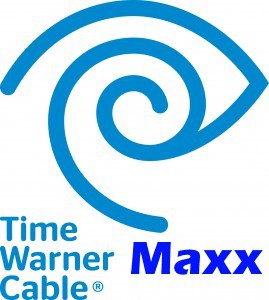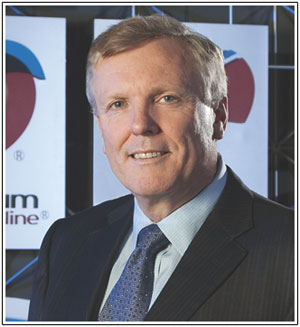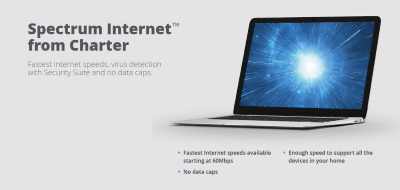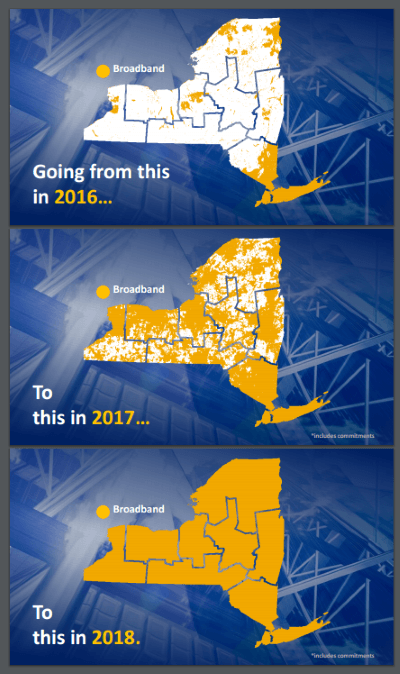 A Los Angeles man has reached the boiling point after two years of telemarketing calls from Charter Communications that turn out to be the result of a wrong number.
A Los Angeles man has reached the boiling point after two years of telemarketing calls from Charter Communications that turn out to be the result of a wrong number.
William L. McCarthy filed a complaint on Aug. 12 with the U.S. District Court for the Central District of California alleging Charter Communications of California LLC has harassed him with telemarketing calls intended for someone else.
McCarthy’s complaint states Charter has calling his phone number to talk to Monique Smith, someone McCarthy doesn’t know. Despite requesting at least 12 times that Charter remove his phone number from their telemarketing lists, the calls just kept on coming with the help of an automatic dialer, in violation of the Telephone Consumer Protection Act.
McCarthy wants a jury trial, seeks statutory damages, legal fees, and whatever other relief the court finds reasonable.
Charter has an expansive history of aggravating customers with relentless telemarketing calls:
 2013: “I have never been more harassed by spam telemarketing/calling in my life than from Charter Communications and they already have my business! It’s unbelievable to me how many times they call per week (average of 8 times), never leaving a message, and they only call to “promote an upgrade of my services” every time. They continue to call even after I have asked them multiple times to stop calling me and that I don’t want to upgrade, period. They literally take telemarketing spam to a whole new level. All seven of their numbers that they have tried calling me on (including “unknown”/blocked numbers), I have saved to my phone as “Charter Spam” so I know it’s them calling me and don’t pick up. Only problem is, if you don’t pick up with one number, they’ll continue to call you but from their other 100 numbers.”
2013: “I have never been more harassed by spam telemarketing/calling in my life than from Charter Communications and they already have my business! It’s unbelievable to me how many times they call per week (average of 8 times), never leaving a message, and they only call to “promote an upgrade of my services” every time. They continue to call even after I have asked them multiple times to stop calling me and that I don’t want to upgrade, period. They literally take telemarketing spam to a whole new level. All seven of their numbers that they have tried calling me on (including “unknown”/blocked numbers), I have saved to my phone as “Charter Spam” so I know it’s them calling me and don’t pick up. Only problem is, if you don’t pick up with one number, they’ll continue to call you but from their other 100 numbers.”
From a blog: “As a Charter customer, it’s very annoying to be constantly bombarded by telemarketing calls. Charter is relentless. No matter how much you ask them not to call you, they will continue and the reps are very aggressive. They are exempt from the National Do Not Call Registry because there is a business/customer relationship. At one point, I was contacted 16 times within two weeks from their 909-259-XXXX number. They do change the number that appears on the caller ID. Sometimes I have gotten the 404 area code.”
2014: “I don’t even have their services yet and I have received 19 calls in 5 days. NINETEEN! And, those are only the ones I haven’t answered!”
In late 2015, Missouri Attorney General Chris Koster filed a lawsuit in federal court against Charter Communications for violating federal and state telemarketing and No-Call laws. Unwanted telemarketing calls and harassing treatment by telemarketers annually rank highest on the list of complaints received by the Attorney General’s Office.
His office alone received 350 No-Call complaints about harassing practices by Charter’s telemarketers. Many consumers complained about daily calls from Charter, and some consumers received up to three calls a day. The calls were an attempt to sell Charter’s cable, internet and phone services.


 Subscribe
Subscribe Time Warner Cable Arena is no more.
Time Warner Cable Arena is no more.




 Governor Andrew M. Cuomo yesterday
Governor Andrew M. Cuomo yesterday 